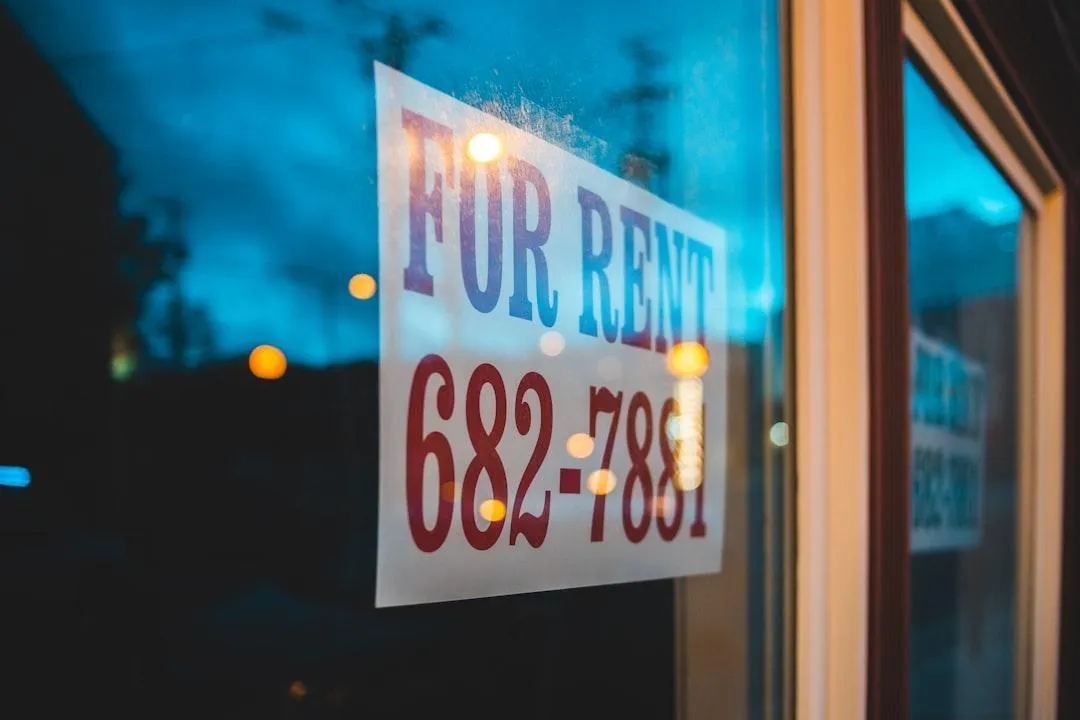
Rent vs Own | Debunking the Media Myths
Debunking the Myths ‘rent bros’ Are Pushing on Social Media
Today, we’re diving into a hot debate buzzing on social media: the argument that renting beats buying. Spoiler alert—those claims don’t always hold water when you crunch the numbers. I’ll tackle the key points renters rave about, spotlight the strengths of a 30-year fixed mortgage—like its stability and refinance flexibility—address the reality of rising rents, and throw in some extra ammo to help your clients see the buying advantage. Let’s break it down with data and logic.
Myth #1: Renting Offers More Flexibility Than Buying
On social media, renters often tout flexibility as their ace card—move when you want, no maintenance hassles, no long-term ties. Sure, that sounds appealing if you’re a nomad, but let’s flip the script. A 30-year fixed mortgage locks in your housing costs with unwavering predictability. As of March 6, 2025, Bankrate pegs the average 30-year fixed rate at 6.76%. For a $400,000 home with 20% down ($320,000 loan), that’s a principal-and-interest payment of $2,077 monthly—steady for 30 years. Renters? Their costs jump yearly. Between 1980 and 2023 US rent prices increased an average of almost 9% per year.
Plus, buying doesn’t chain you to a property. If rates drop—say, to 5.5% by late 2025, as some economists hope—you can refinance that $320,000 loan, slashing payments to $1,816 monthly, saving $261 every month. If rates went back down to 4% the payment would drop all the way to $1527. Renters can’t renegotiate their lease mid-term when the market shifts. X posts claiming renting avoids commitment overlook this: owning adapts to your financial advantage over time.
Myth #2: Renting Saves Money Upfront and Long-Term
Another social media favorite: renting’s cheaper because there’s no big down payment or maintenance costs. True, a security deposit beats a 20% down payment ($80,000 on our $400,000 home), but let’s look beyond the starting line. First, you only need to put 3-5% down depending on product so that could be as little as $12,000. Moving past up-front costs, that $1,619 median rent might feel lighter than a $2,077 mortgage payment today, but rents don’t stand still. ATTOM data shows rent growth outpacing wages in most markets—1.1% up in January 2025 alone, per Redfin. Over five years at 3% annual increases (conservative for many cities), that $1,619 balloons to $1,877—closing the gap with that fixed $2,077 fast. By year 10, rent hits $2,174, surpassing the mortgage, and you’ve got nothing to show for it.
Meanwhile, buyers build equity. At 6.76%, that $320,000 loan pays down to $296,000 in five years—$24,000 in your pocket if you sell, plus any home value growth (3-5% yearly, per LendingTree’s 2025 outlook). Maintenance? Sure, it’s a cost—about 1-2% of home value annually ($4,000-$8,000)—but renters indirectly pay it through landlords baking it into rent, often with a profit margin. X posts claiming renting saves cash miss the long game: buying turns payments into wealth, not just expense.
Myth #3: Mortgage Rates Lock You In, Renting Keeps You Nimble
Some X users argue high mortgage rates—like today’s 6.76%—trap buyers, while renting lets you dodge rate woes. Wrong. That 30-year fixed rate is a shield, not a shackle. If rates spike to 7.5% next year, renters face landlords hiking leases to cover their own rising costs, but your mortgage stays put.
Renters can’t pivot like that. A lease locks you in for a year, and renewals reflect market trends—up 5% in supply-tight cities like New York, per Redfin’s 2025 forecast. X chatter about renting’s agility ignores how buyers control their financial fate, while renters ride the landlord’s wave.
Extra Ammo: Buying Wins the Stability War
Let’s add some firepower. Social media posts often skip this: owning hedges against inflation. As prices rise (January 2025 inflation at 3%, per Bankrate), your mortgage payment’s real value shrinks, but rent keeps pace, eating more of your income. Homeownership also offers tax perks—mortgage interest deductions averaged $9,000 in 2023, per IRS data—softening the cash flow hit. And don’t forget forced savings: each payment chips away at debt, building an asset. Renting? It’s 100% expense, as one X user put it, “a perpetual interest payment”—and they’re not wrong.
The Bottom Line for Your Clients
Here’s your takeaway, realtors: X’s renting cheerleaders have a point—upfront costs and flexibility appeal to some. But the 30-year fixed mortgage’s stability, refinance option, and equity growth crush those arguments over time. Rents rise (3-5% yearly in many markets), cash flow flips within a decade, and buying builds wealth while renting just pays someone else’s mortgage. Tell your clients: “Renting might feel easy now, but buying locks in your future—steady costs, rate flexibility, and an asset to call yours.” Data backs it—stay sharp and guide them right!
